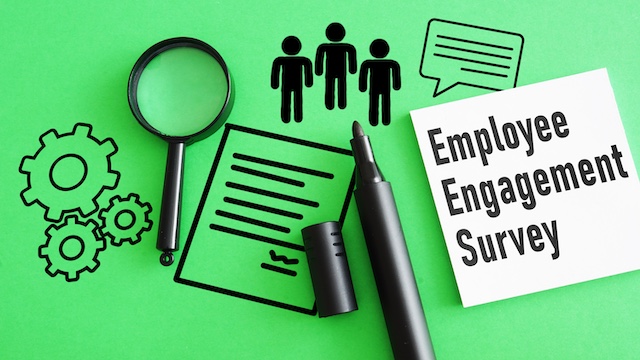Leadership skills are highly desirable in employees at every level. Employers must know how to recognize effective leaders and strengthen their valuable characteristics in the workplace. Doing so will help to develop those employees and help them grow and advance within your organization.
In this guide, we will look at some of the best ways organizations can identify and develop exceptional leaders in the workplace. By implementing some or all of these methods, not only can your company strengthen leadership qualities within its ranks, it can also empower employees through exciting career development opportunities.
What Makes an Effective Leader
One of the main qualities of an effective leader is having a passion for their role in the company. High motivation is necessary for balancing the many responsibilities of a leadership position. Employees should have a reliable person to look towards in the workplace who won’t buckle in the face of difficult situations.
Communication skills are another crucial trait that can be found in all leaders. Knowing how to convey ideas clearly and confidently to team members will allow leaders to give directions to employees without them becoming confused. A person with great interpersonal skills can build trust with their team and will be better equipped to resolve workplace conflicts.
Effective leaders also have critical thinking skills. Employees in leadership roles need to be able to find solutions to problems, which may sometimes require them to think outside the box. Those who can apply their knowledge and past experiences to current on-the-job issues have the traits of an excellent leader.
Managers with strong leadership traits can have a positive impact on employee retention by improving the workplace experiences of their team. Those who are happy with their job and the company’s leadership are less likely to seek employment elsewhere.
4 Ways to Be a More Effective Leader
1. Provide leadership training and upskilling
Offering training programs for your employees will develop soft skills that benefit them in their current role, and as they grow within your company. Usually delivered by external expert career coaches, the information contained in these specialist leadership courses have the ability to highlight an individual’s strengths and weaknesses when it comes to leadership, and can provide targeted exercises that upskill handpicked employees into stronger leaders. However, as with all training courses, employers should always ensure the training programs they opt for are given by reputable and fully qualified providers, such as INTOO.
Whether you opt for in-house or external training, it’s also important to identify the most effective forms of leadership training for your employees. After all, different people learn in different ways. While some learn best through classroom-based training and workshops, others may benefit more from hands-on upskilling, or training that is delivered through videos or interactive software. This is one way that working with an external leadership training firm is a good option. With so many professional leadership courses to choose from, your provider will be able to identify sessions and formats that will best suit the needs of both your individual employees and larger teams alike.
 2. Introduce mentorship programming
2. Introduce mentorship programming
Creating mentorship opportunities can also support employee development. Identify managers in your organization who display strong leadership skills, and ask them to volunteer to participate in a day of shadowing. Employees can express interest in shadowing a handpicked mentor for a day, for example, so they can see how that person applies their leadership skills in the workplace. Your business can also schedule “fireside chats” — informal yet structured group conversations between selected leadership mentors and those more junior employees looking to improve their leadership skills. These chats are designed to give junior employees insight into internal leadership procedure and can provide motivation and direction to hone their own leadership skills.
3. Encourage company-wide feedback
Encouraging feedback—whether through formal surveys or informal discussions— will teach your professionals to embrace both praise and constructive criticism and apply it to their careers. Listening to the perspectives of those in varying positions throughout the company can give employees insight into their strengths, as well as any areas of improvement they can focus on. Asking your team to provide feedback to their colleagues will also build their communication skills.
 4. Set clear goals, targets, and expectations
4. Set clear goals, targets, and expectations
It’s important to have goals in place that you can use to measure the growth of your employees. Setting achievable targets will help your staff to keep developing their leadership skills. For example, you may want to ask team members who lack confidence and public speaking skills to give a certain number of presentations each month. Or, if some employees have trouble improving a particular skill, then you may have them take additional training courses related to the ability.
Knowing the characteristics of a skilled leader and how to improve these traits in your team can help employees succeed in future leadership positions, and strengthen the organization as a whole. After all, professionals who can master and display strong leadership skills become desirable assets to your business, even if they don’t pursue a managerial role right away. INTOO’s coaches help employees in every stage of their career develop strategies to meet their goals, while employers reap the benefits of increased engagement, productivity, and retention. Learn more about how our career development programs can benefit your company.


 2. Introduce mentorship programming
2. Introduce mentorship programming 4. Set clear goals, targets, and expectations
4. Set clear goals, targets, and expectations








